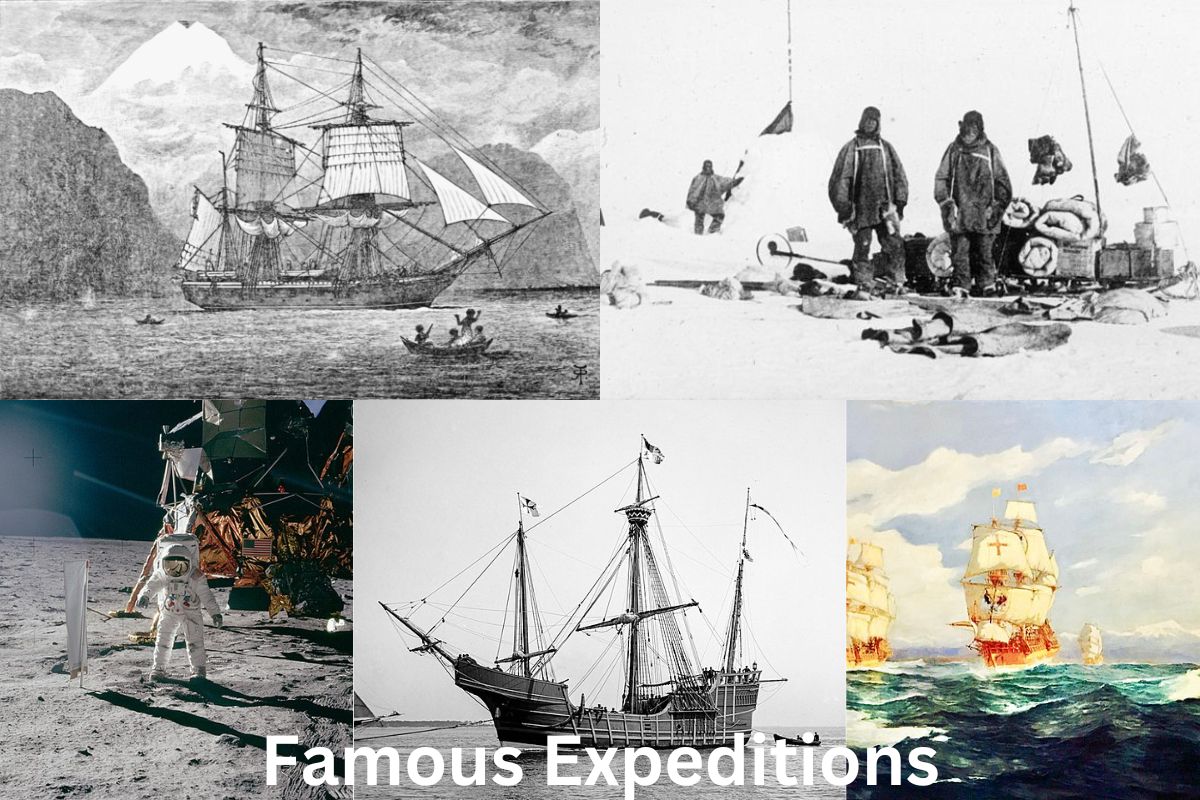Famous expeditions are trips of exploration, discovery, and adventure that have captured people’s imaginations for centuries.
These adventures frequently include going to remote and difficult-to-reach regions, contending with tough conditions and unanticipated hurdles, and testing the limits of human endurance and resourcefulness.
Explorers have attempted to discover the unknown and expand human knowledge and understanding. Many of these voyages encountered tremendous hardships, such as severe weather, dangerous terrain, and unfriendly situations.
Nonetheless, the explorers’ fortitude, perseverance, and inventiveness enabled them to overcome these hurdles and perform incredible feats.
They have influenced our understanding of the planet and its history, and they have inspired innumerable explorers, adventurers, and scientists.
Great expeditions have made a lasting impression on our collective memory and continue to inspire new generations of explorers, from the first successful ascent of Mount Everest to the first landing on the moon.
Famous Expeditions
1. Apollo 11
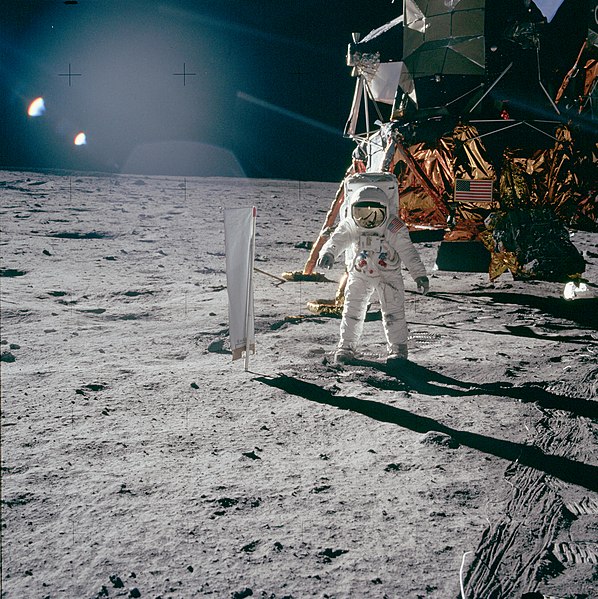
The Apollo 11 mission, which took place in July 1969, was the first time humans stepped foot on the moon. The mission was the culmination of a tremendous effort by NASA and the US government to meet President John F. Kennedy’s objective of landing a man on the moon by the end of the 1960s.
The mission was commanded by astronaut Neil Armstrong, who made the first steps on the moon’s surface, followed by Buzz Aldrin shortly after. Michael Collins, the third member of the crew, stayed in lunar orbit onboard the command module.
The Saturn V rocket, one of the largest and most powerful rockets ever built, carried the astronauts to the moon. After reaching Earth’s orbit, the crew restarted the rocket’s engines to continue their journey to the moon. While in lunar orbit, Armstrong and Aldrin boarded the “Eagle” lunar module and plummeted to the moon’s surface.
Armstrong famously said, “That’s one little stride for man, one giant leap for mankind,” as he took the first steps on the moon’s surface on July 20, 1969. Soon after, Aldrin arrived, and the two spent many hours on the moon gathering samples, doing experiments, and photographing.
The mission was a significant accomplishment for NASA and the United States, and it marked a watershed point in human history. The success of Apollo 11 and subsequent moon landings revealed humanity’s incredible capabilities and encouraged future generations of scientists, engineers, and explorers.
Finally, Apollo 11 was a game-changing mission that marked the first time humans landed on the moon. The mission was a stunning achievement that revealed humankind’s incredible powers and inspired generations of scientists, engineers, and explorers. Apollo 11’s legacy continues to shape our understanding of the universe and our role in it.
2. Lewis and Clark Expedition
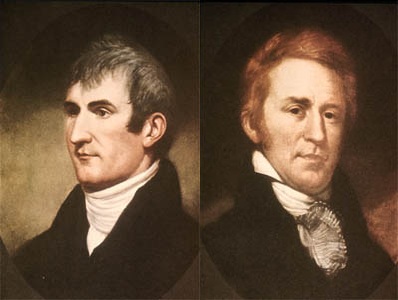
The Lewis and Clark Expedition, also called the Corps of Discovery Expedition, was a historic exploration trip that took place between 1804 and 1806. President Thomas Jefferson sent Meriwether Lewis and William Clark on an expedition to explore the western parts of the United States and find a way to get to the Pacific Ocean by water.
The group left St. Louis, Missouri, and went west along the Missouri River. By the fall of 1805, they had reached the Rocky Mountains. Along the way, the expedition met and wrote about many Native American tribes, plants, animals, and land features that Americans had never seen before.
The expedition had to deal with many problems, such as bad weather, rough terrain, and the possibility of running into hostile Native American tribes. But Lewis and Clark’s skills in botany, cartography, and diplomacy, as well as their ability to lead, helped them get through these problems and finish the expedition.
In addition to exploring the western territories, the expedition had to set up trade with Native American tribes, make maps of the area, and write about its natural history. The journals and maps from the expedition were very helpful to future explorers, settlers, and scientists.
The Lewis and Clark Expedition was a big deal for the young country of the United States. It was a turning point in the country’s westward growth. The expedition helped the US claim the area, gave important information for future settlement and development, and started a new age of exploration and growth.
In the end, the Lewis and Clark Expedition was an amazing trip of exploration that changed the course of American history. The expedition was led by people with great skills in science, politics, and diplomacy, and it gave a lot of important information about the western parts of the United States. Lewis and Clark’s journey continues to be a source of inspiration for new generations of explorers and adventurers.
3. Shackleton’s Imperial Trans-Antarctic Expedition
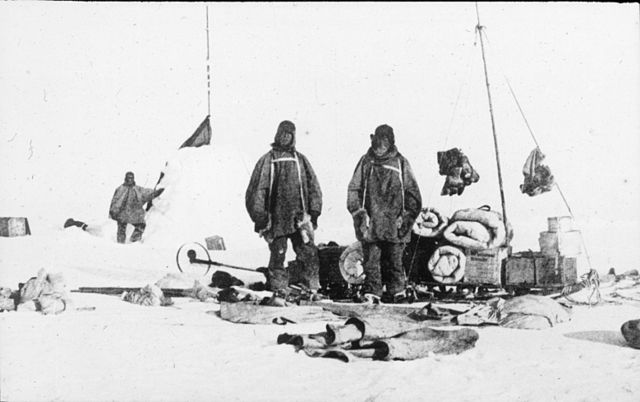
Sir Ernest Shackleton led the Shackleton’s Imperial Trans-Antarctic Expedition, also called the Endurance Expedition, in 1914. The goal of the expedition was to cross Antarctica from the Weddell Sea to the Ross Sea via the South Pole.
From the start, the expedition had to deal with many problems, such as bad weather, rough terrain, and broken equipment. The expedition’s ship, the Endurance, got stuck in the ice in the Weddell Sea and was crushed, so the crew had to leave the ship and set up camp on the ice.
Also Read: Famous Exploration Ships
Even with all of these problems, Shackleton showed great leadership, creativity, and determination, and he was able to keep his crew alive and keep their spirits up throughout the ordeal. Shackleton led a small group of men on a dangerous 800-mile trip across the ocean in a small boat to get help from a whaling station in South Georgia.
After several failed attempts, Shackleton was finally able to save all of his crew and bring them home safely, without losing anyone. The expedition was an amazing feat of human endurance and proof of Shackleton’s ability to lead and keep going.
The Shackleton expedition became famous because of how brave and strong the crew members were in the face of what seemed like impossible odds. The trip has also been the subject of many books, movies, and documentaries, and it continues to inspire adventurers and explorers all over the world.
In the end, Shackleton’s Imperial Trans-Antarctic Expedition was a remarkable journey of endurance and survival that has become one of the most famous expeditions in history. The expedition was led by people with great courage and determination, and it continues to be a symbol of how the human spirit can get through hard times.
4. Magellan-Elcano circumnavigation
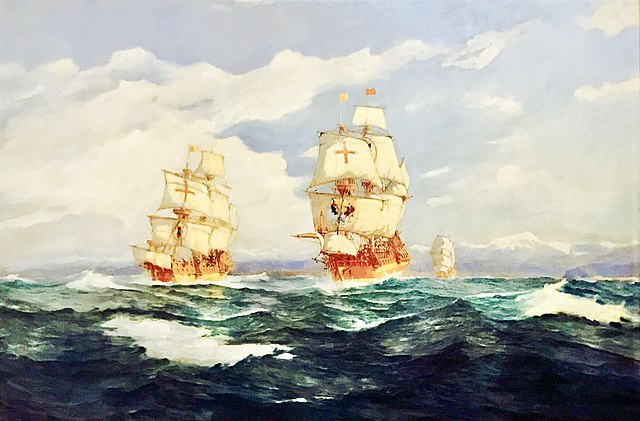
The Magellan-Elcano circumnavigation took place between 1519 and 1522. It was a very important trip. Ferdinand Magellan, a Portuguese explorer, was in charge of the trip, which was paid for by the Spanish crown.
The goal of the expedition was to find a way to get from the west to the East Indies Spice Islands, which at the time were a major source of valuable spices and other goods.
The expedition set sail from Spain with a fleet of five ships, but soon encountered numerous challenges, including harsh weather conditions, difficult terrain, and conflicts with local tribes.
Even with all of these problems, the expedition made it to the Philippines, where Magellan was killed in a fight with the local tribes.
The expedition continued under the leadership of Juan Sebastián Elcano, who was able to navigate the remaining ships through the Pacific Ocean and around the southern tip of South America, eventually returning to Spain in 1522.
This was the first time someone went around the whole world, and it was a big deal in the history of exploration.
The circumnavigation of the world by Magellan and Elcano had a big effect on the world and helped Spain become a major colonial power in the Pacific. The expedition also helped trade and commerce grow around the world because it helped set up new trade routes and gave European goods access to new markets.
Also Read: Facts About Ferdinand Magellan
In the end, the Magellan-Elcano circumnavigation was an important step in the history of exploration. It was a journey of exploration and discovery that changed the world. The expedition was led by people with great determination, courage, and perseverance.
It had a long-lasting effect on the world, helping to develop trade and commerce around the world and making Spain a major colonial power in the Pacific region.
5. Darwin’s Voyage of the Beagle
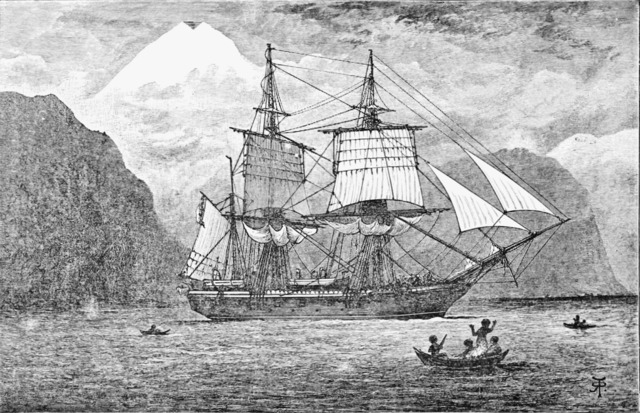
Charles Darwin, a British naturalist, led a scientific expedition called Darwin’s Voyage of the Beagle from 1831 to 1836. The British government sent the expedition to map and survey the coasts of South America and other parts of the Pacific.
During the trip, Darwin made a lot of observations and gathered plants, animals, and fossils. Because of these observations, he came up with the theory of evolution by natural selection, which has become one of the most important scientific ideas ever.
The expedition also had a big effect on science. The samples and observations that Darwin brought back helped to start new fields of study, such as biogeography and paleontology.
Darwin’s 1859 book “On the Origin of Species,” which was based on what he learned on the expedition, completely changed the field of biology and changed the way we think about the natural world.
The voyage of the Beagle was important for science, but it was also a great journey of exploration and adventure. The expedition had to deal with a lot of problems, such as bad weather, dangerous animals, and tribes that were not friendly. But Darwin and his crewmates didn’t give up, and they were able to finish the trip.
In the end, Darwin’s Voyage of the Beagle was an amazing journey of scientific discovery and exploration that had a huge impact on how we think about the natural world.
Scientists, explorers, and adventurers of the future still look to the expedition as a model of scientific knowledge, courage, and persistence.
6. Columbus’s First Voyage
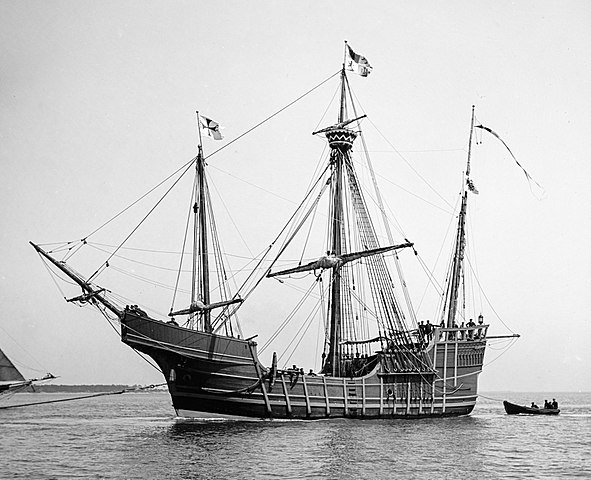
Christopher Columbus’s first trip, in 1492, was a historic one. It was the first time that Europeans found out about the New World. Columbus was an Italian explorer who set sail with three ships: the Santa Maria, the Pinta, and the Nia. The Spanish crown helped pay for his trip.
The goal of the expedition was to sail west across the Atlantic Ocean to find a new trade route to Asia. After being at sea for a few weeks, the group landed on an island in what is now the Bahamas. Columbus named the island San Salvador. During the trip, Columbus and his crew also visited a number of other islands in the Caribbean.
The trip that Columbus took had a big effect on the world, and it was the start of Europeans moving to the Americas. Columbus’s discoveries opened up new trade routes and markets for European goods and made Spain a major colonial power in the New World.
But the expedition also hurt the native peoples of the Americas. This is because European colonization forced native communities to move and treated them badly. Even now, people still argue and disagree about what happened after Columbus’s trip.
In the end, Columbus’s first trip was a historic trip of exploration and discovery that changed the world in a big way. The expedition was the start of European settlement in the Americas. It also opened up new trade routes and markets. But the expedition also hurt the native people of the Americas, and its legacy is still a source of debate and controversy today.
7. Zheng He’s Treasure Fleet
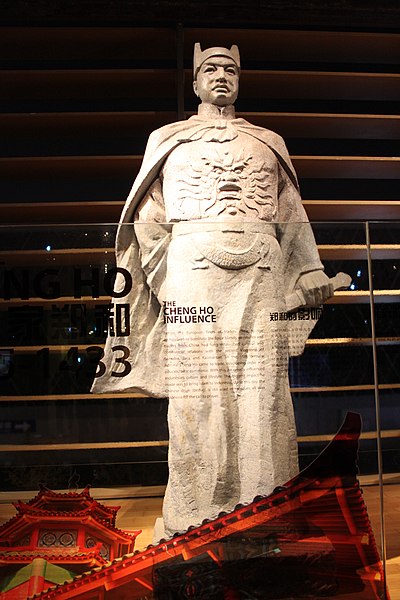
During the Ming Dynasty, between 1405 and 1433, Zheng He’s Treasure Fleet went on a number of naval expeditions. The Chinese admiral Zheng He led the expeditions, which were sent out by the emperor to find out more about the countries in Southeast Asia, South Asia, the Middle East, and East Africa and to make diplomatic connections with them.
There were hundreds of ships in Zheng He’s fleet. Some of them were 400 feet long and could carry up to 500 people. A lot of sailors, soldiers, diplomats, and other officials were also with the fleet.
The expeditions had a big effect on the rest of the world and helped China become a major naval power at the beginning of the 15th century. Zheng He’s fleet helped spread Chinese culture, technology, and ideas to other countries in the area and set up trade relationships with them.
The expeditions were also important because they went to new places and wrote down what they found out about them. Zheng He’s fleet went to many islands and coastal areas, including parts of Africa, and made detailed maps and records of what they saw.
The history and culture of China still have a lot to do with Zheng He’s Treasure Fleet. The expeditions continue to be a source of inspiration for the Chinese people and are a sign of China’s long history of exploring new places and sharing its culture with other countries.
In the end, Zheng He’s Treasure Fleet was an amazing series of naval expeditions that helped China become a major world power in the early 1500s. The expeditions were marked by great naval skill, diplomatic skill, and cultural exchange, and they continue to inspire new generations of explorers and adventurers.
8. James Cook’s First Voyage to the Pacific
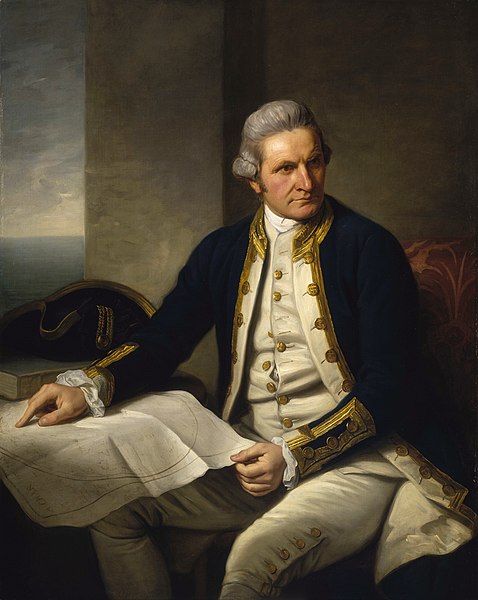
James Cook’s first trip to the Pacific, which took place between 1768 and 1771, was an important one. The Royal Society and the British Admiralty paid for the expedition, which set out to explore the Pacific Ocean and make a map of Venus passing across the sun.
Cook and his crew did a lot of scientific research and exploration on the trip, and they made a lot of observations and discoveries that helped us learn more about the natural world. They found many islands in the Pacific, including Tahiti, New Zealand, and the east coast of Australia.
Cook’s first trip to the Pacific continues to influence scientists, explorers, and adventurers of today and tomorrow. The expedition helped create new fields of study, such as anthropology, botany, and cartography, and it also helped trade and commerce grow around the world.
But the expedition also had a big effect on the native peoples of the Pacific. As a result of European colonization, native communities were forced to move and were treated badly. The legacy of Cook’s expedition is still talked about and argued about, especially in terms of how it affected native people.
In the end, James Cook’s first trip to the Pacific was an amazing journey of scientific discovery and exploration that changed the world in a big way. The expedition was a major turning point in the history of exploration, and it continues to influence scientists, explorers, and adventurers of today and tomorrow. But the expedition also hurt the native peoples of the Pacific, and its legacy is still a source of debate and controversy today.
9. Hillary and Tenzing’s Mount Everest Expedition
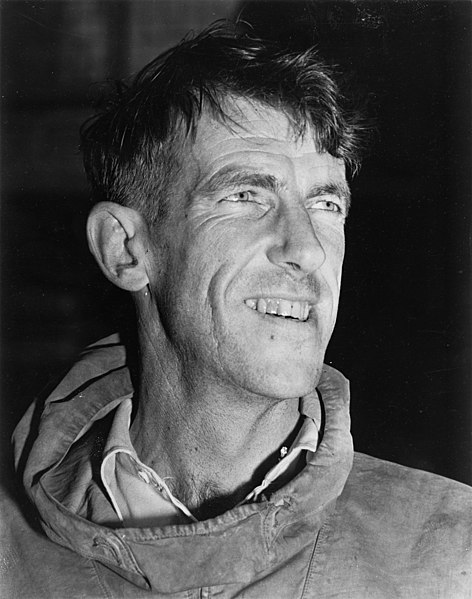
Hillary and Tenzing’s Mount Everest expedition in May 1953 was a historic trip to find out more about the mountain. Sir Edmund Hillary, a New Zealand mountaineer, and Tenzing Norgay, a Sherpa guide, led the expedition. Their goal was to climb Mount Everest, which is the tallest mountain in the world.
The expedition had to deal with many problems, such as bad weather, dangerous terrain, and altitude sickness. Hillary and Tenzing, however, were able to get past these problems and reach the top of Mount Everest on May 29, 1953.
Hillary and Tenzing’s success was a big step in the history of mountain climbing, and it inspired new generations of explorers and adventurers. Their trip showed how strong human perseverance, courage, and determination can be, and their success has changed the way we think about the limits of what people can do.
Hillary and Tenzing’s Mount Everest expedition has left a lasting impression on the sport of mountaineering and continues to inspire new generations of adventurers and explorers. The expedition also brought more attention to the Sherpas, who have been very important to expeditions to Mount Everest and other high peaks.
In the end, Hillary and Tenzing’s trip to Mount Everest was a historic exploration trip that was a major turning point in the history of mountaineering. Their success showed how powerful human perseverance, courage, and determination can be, and it has changed the way we think about the limits of what people can do. Their trip has left a lasting mark on the sport of mountaineering and continues to inspire new generations of adventurers and explorers.
10. Amundsen’s South Pole Expedition
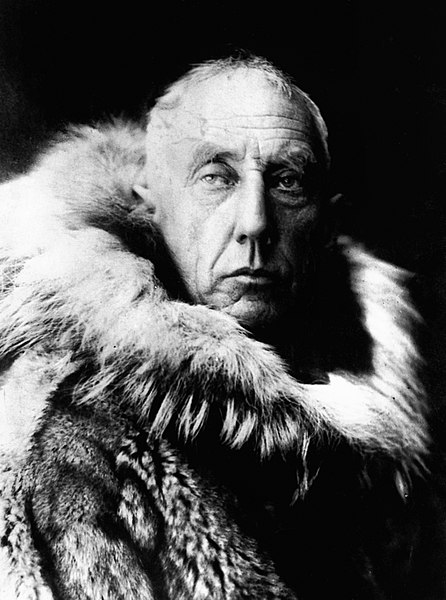
Amundsen’s South Pole expedition, which took place between 1910 and 1912, was a historic trip of exploration. The Norwegian explorer Roald Amundsen led the trip, and the goal was to be the first to reach the South Pole.
The expedition had to deal with many problems, such as bad weather, rough terrain, and problems with getting supplies. But Amundsen was a good leader and knew a lot about polar exploration, so he was able to get past these problems and reach the South Pole on December 14, 1911.
Amundsen’s achievement was a major turning point in the history of polar exploration. It was the first time that people had reached the geographic South Pole. The expedition also showed how planning, preparing, and acting with care can help people reach hard goals.
New generations of explorers and adventurers are still inspired by Amundsen’s trip to the South Pole. The expedition showed how amazing people are and has had a long-lasting effect on how we think about the natural world.
In the end, Amundsen’s trip to the South Pole was a historic exploration trip that was a major turning point in the history of polar exploration. Roald Amundsen’s success showed how careful planning, preparation, and execution can help people reach hard goals. It also had a lasting effect on how we think about the natural world. New generations of explorers and adventurers are still inspired by what he did on his trip.
